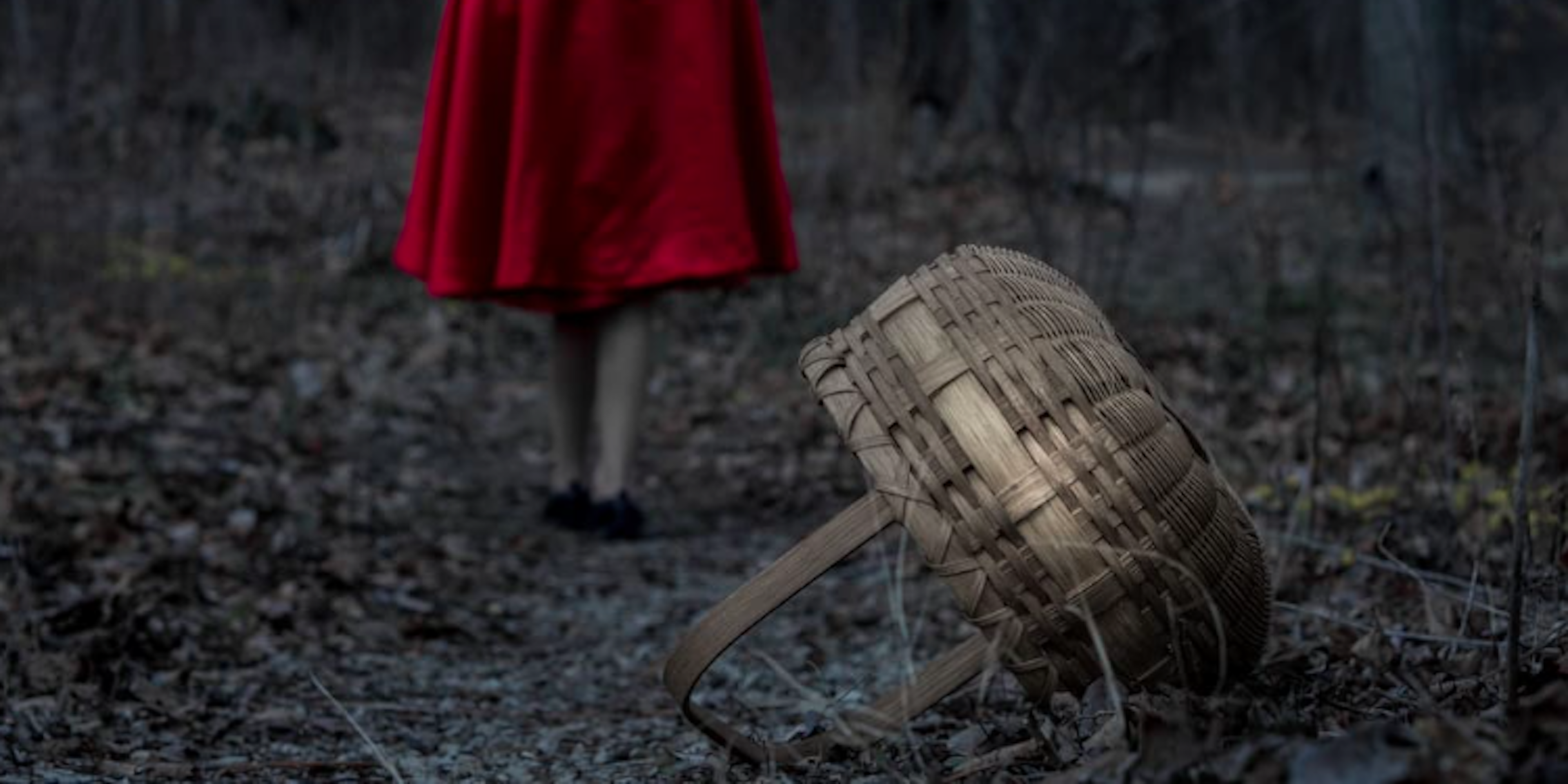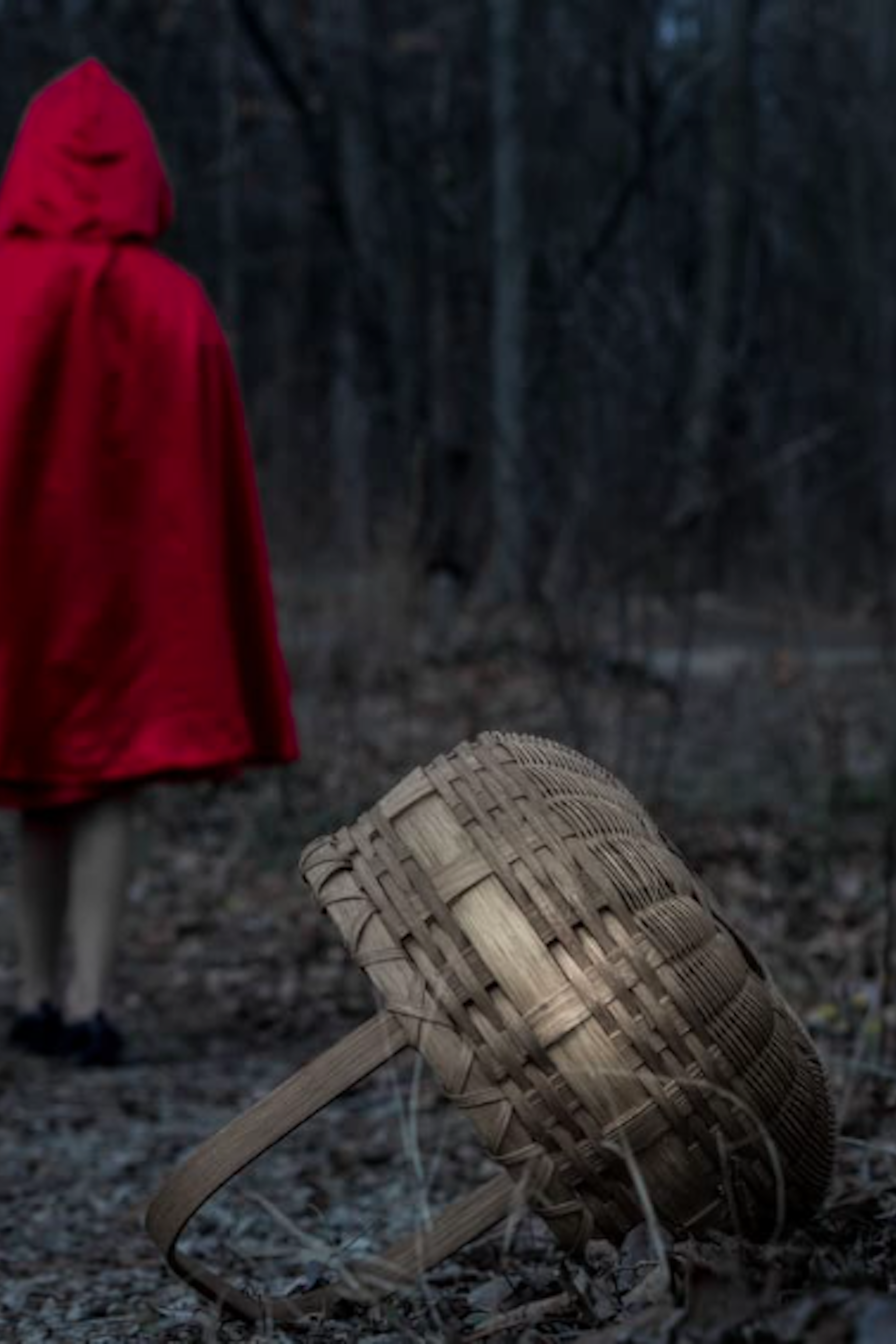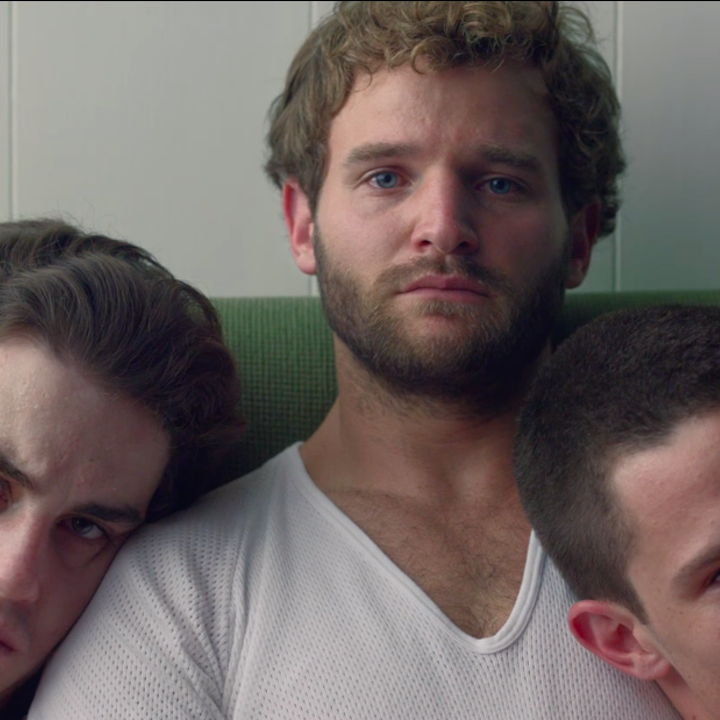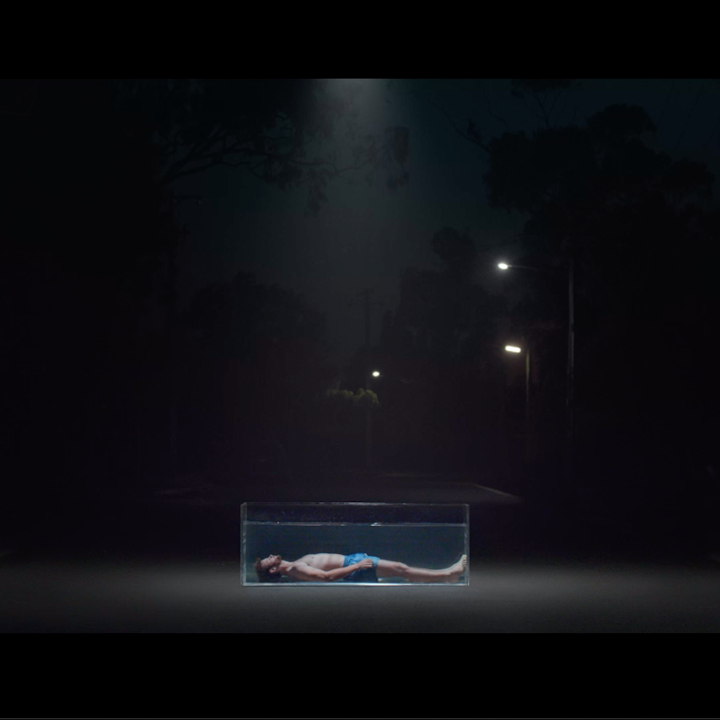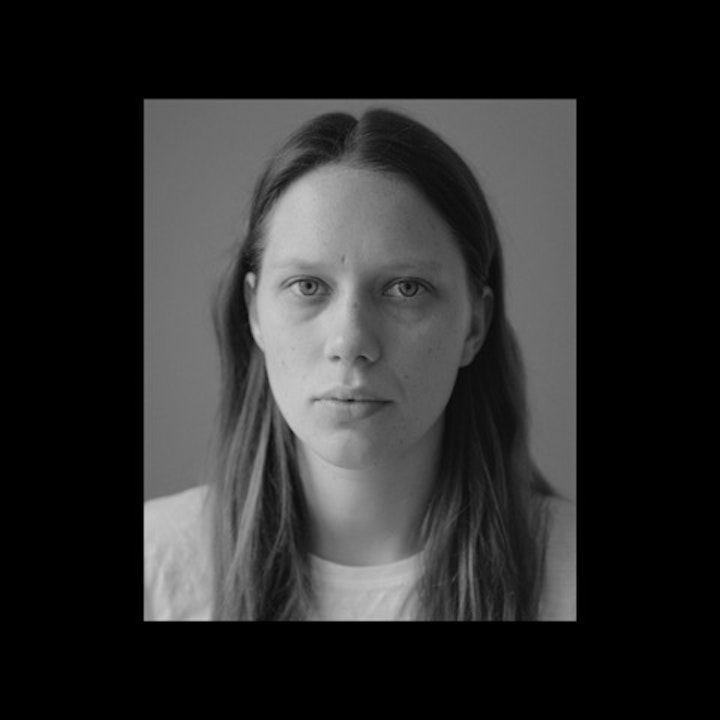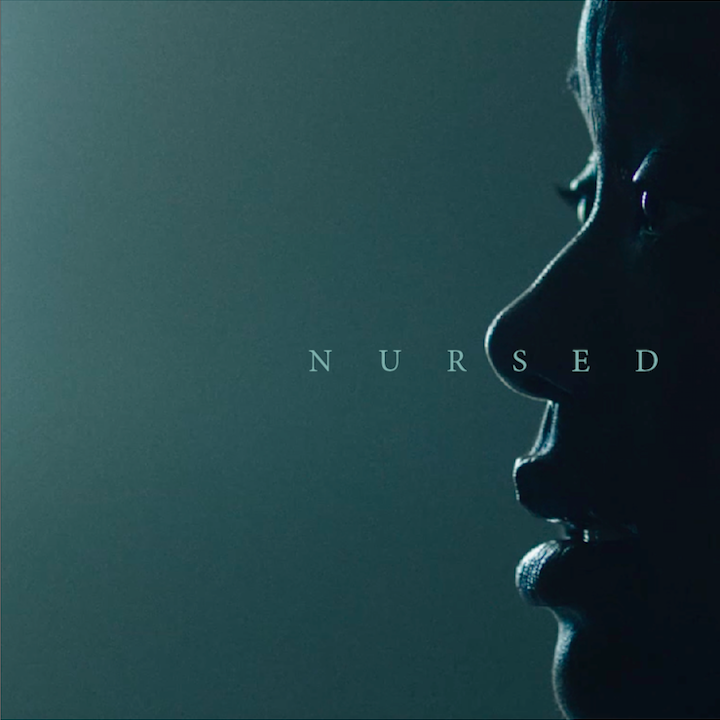The fairy tale narrative was created in an oral environment that has been whispered down the ages through literary and cinematic evolutions. The core of the fairy tale has predominantly been the pedagogical contestation of the individual transiting the utopic mirror of wish fulfillment and transformation set against the cultural pretext of the time.
Stories carry thousands of generations of deep wonder. The current fairy tale film trades on the hereditary value of the story sustained by an inherent narrative core that provides a platform for modern interpretations. The fairy tale is iconic in contemporary Western society. Current generations recognise the iconicity of the genre either from childhood stories of the Brothers Grimm fairy tales, the homogenised imprint of Disney's animated films or through contemporary recontextualised cinematic versions.
Fairy tales, (also referred to as Marchens or wonder tales), are derived from the magical narrative form of the oral folktale. These were originally spoken for adults and often set in the darker terrains of the human psyche with violent and sexual themes. Archetypal motifs, fantastical elements and transformative journeys privileged the cross-cultural transmission of the oral folktale and the literary fairy tale. With the advent of cinema in the late nineteenth century the literary tales of Perault, the Brothers Grimm and Hans Christian Anderson were the genesis of the fairy tale film. Between 1896 and 1913 the illusionist turned filmmaker George Melieres pioneered the spectacle of cinematic wonder producing over five hundred films that displayed innovative techniques of magic, special effects and editing. Some of these were the first fairy tale films such as Cinderella in 1899 and Red Riding Hood and Bluebeard in 1901.
The universal appeal, the recognition factor and the copyright free status of the literary fairy tale were fundamental to the rise of the cinematic form. Walt Disney reasoned audiences would find stories easier to follow if they knew them. Jack Zipes suggests that familiarity is the headstart, 'it's what makes for compelling film versions of tales that viewers often know long before they see them on screen'. Bruce Isaacs states 'genre is truly of the people, a popular form constructed and conventionalised for the masses, but also authorised and legitimised by the masses'. This is validated by the survival over centuries, from oral to literary to film forms of the imaginary space-time continuum of the fairy tale genre.
Zipes, Jack. The Irresistible Fairy Tale: The Cultural and Social History of a Genre. Isaacs, Bruce. Toward a New Film Aesthetic.
